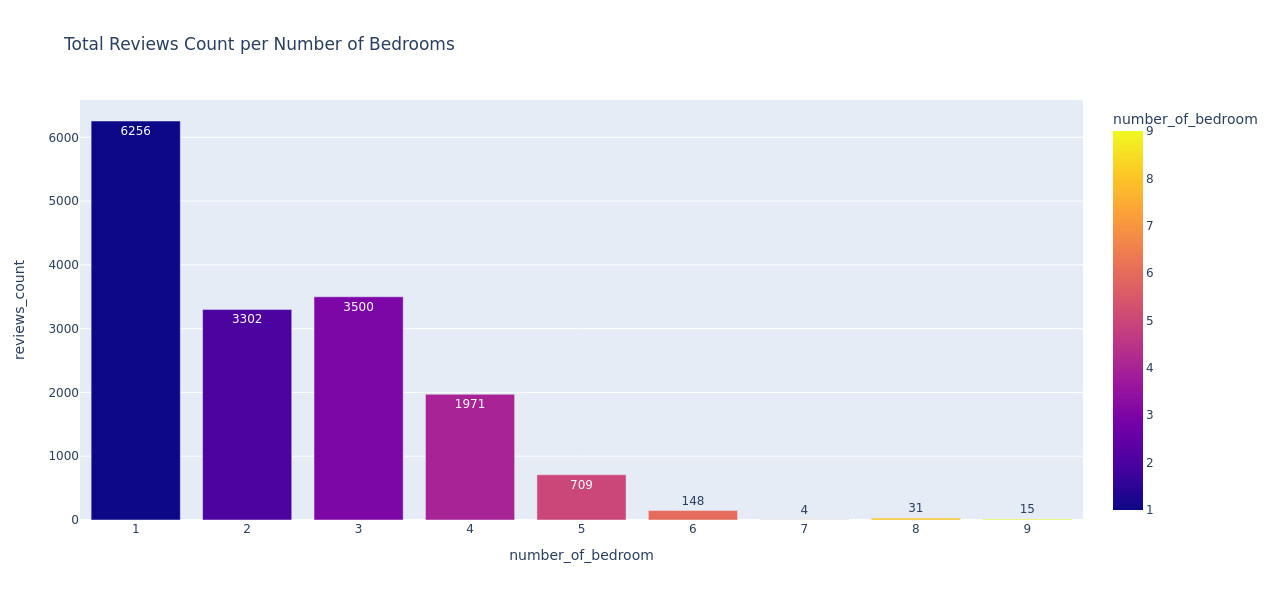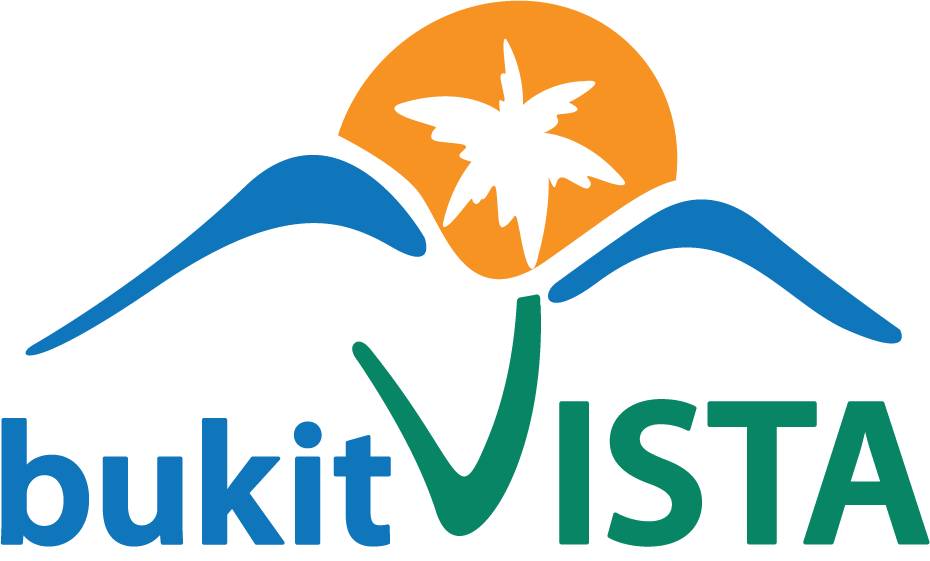Hello, I’m Utami! As a marketing intern at Bukit Vista, I am thrilled to share one of our key service analyses designed to measure and enhance the potential of your property. Our focus on product-user fit is a testament to our commitment to matching the right properties with the right guests, ensuring optimal satisfaction and investment returns.
Introduction to Product-User Fit
Product-User Fit is a strategic framework used by Bukit Vista to ensure that our properties align perfectly with the preferences and requirements of various guest segments. By focusing on this fit, we can enhance guest satisfaction, improve booking rates, and maximize the investment potential for property owners. This comprehensive approach considers multiple factors to evaluate how well a property can serve its target audience.
4 Key Components
Understanding the nuances of product-User fit involves analyzing several key factors. These components help us determine how well a property can meet the expectations and needs of our guests.
1. Group Size
Group size refers to the number of guests or individuals that a rental property can comfortably accommodate. This factor is critical as it directly impacts the suitability of the property for different types of guests, whether they are families, couples, or solo travelers. Ensuring that a property can adequately host the expected number of guests is essential for maximizing comfort and satisfaction.

2. Booking Behavior
Booking behavior encompasses how guests make reservations and interact with rental platforms like Airbnb. It includes factors like booking lead time, booking frequency, and preferred communication channels. By understanding these behaviors, we can tailor our services to align with guest preferences, making the booking process seamless and more efficient. Leveraging major OTAs, particularly Airbnb, which has the highest search volume on Google for vacation rentals, allows us to capture a larger audience and increase visibility. This insight also helps in predicting booking patterns, managing availability more effectively, and optimizing our property listings for better performance on Airbnb booking platforms.
3. Guest Budget & Travel Purpose
Guest budget refers to the amount of money guests are willing to spend on accommodations during their stay. Travel purpose, whether leisure, business, or other reasons, also plays a significant role in determining the right property for each guest. Aligning properties with the appropriate budget and travel purpose ensures a better match and higher satisfaction rates. This alignment helps in setting competitive pricing strategies that attract the right guests without compromising on quality.

4. Guest Preference
Guest preference refers to the specific desires, needs, or requirements that guests or tenants have regarding their stay or lease in a property. This could include amenities, location, property type, and other personal preferences that make their stay more enjoyable and convenient. By catering to these preferences, we can enhance the overall guest experience, leading to better reviews and higher repeat booking rates.

Insights from Property Data Related to Product-User Fit
Review Count by Bedroom Number
This is the data from property X. The data on total reviews count per number of bedrooms reveals insightful trends about property-user fit and guest preferences. Properties with 1-bedroom and 3-bedroom configurations receive the highest number of reviews, indicating their popularity and high occupancy rates. Specifically, 1-bedroom properties have 6,256 reviews, while 3-bedroom properties have 3,500 reviews.
This suggests a strong demand for both small and medium-sized accommodations. Properties with 2 bedrooms also perform well with 3,302 reviews. In contrast, properties with 5 or more bedrooms receive significantly fewer reviews, highlighting a lower demand for larger accommodations. Understanding these trends helps property owners and managers optimize their listings to better match guest preferences, ultimately enhancing guest satisfaction and maximizing occupancy rates.

Booking Window and Length of Stay
The booking window data indicates the number of days guests book in advance. The booking window data from property X shows a diverse range of booking behaviors in the area. It includes last-minute bookings (1-5 days), medium bookings (11-28 days), and early planners (51-200 days). This variety demonstrates a broad demand that can be effectively met by well-prepared properties.
Additionally, the length of stay data reveals that the majority of bookings are for stays of 1-7 days, with 1-day stays being the most common at 246 bookings, followed closely by 2-day and 3-day stays with 294 and 194 bookings, respectively. Properties equipped with the right amenities and services can efficiently accommodate these guests, ensuring a satisfying experience and better occupancy rates. Understanding these booking patterns is essential for property managers to tailor their offerings to guest behaviors and maximize their property’s appeal.


Product-User Fit Segments
The Product-User Fit (PUF) decision table provides valuable insights into various guest segments and their preferences, helping property owners optimize their offerings. For example, remote working semi-holiday travelers typically stay for 14-30 days, prefer properties with 1-2 bedrooms, book 1-2 days in advance, and require amenities like fast WiFi and comfortable workspaces. Surfing trip buddies usually stay for 7-10 days, value proximity to beaches, and need facilities like surfboard racks. Other segments include beach-loving groups, hiking and nature enthusiasts, luxury escapists, and family vacationers, each with distinct preferences for length of stay, group size, booking windows, and essential amenities. Here’s an example of a Product-User Fit decision table from property X.

Sunflower Villa: A-Grade Achiever in Product-User Fit
One of our top-rated properties in terms of product-user fit is the Sunflower Villa. Priced at USD 68,665 per 3 years and boasting a 60% reliability rating, this villa achieves an A-grade in our analysis. The Sunflower Villa accommodates small groups of up to 4 guests, making it suitable for couples, solo travelers, and small families. It offers working spaces and WiFi, ideal for remote workers.
The property provides ample space and unique experiences like a sauna and cycling. However, it is not recommended for larger groups and is less suitable for pedestrians as it is not within walking distance of nearby locations. This balanced assessment highlights the importance of aligning property features with guest expectations, showcasing the practical benefits of our product-user fit strategy.
Benefits of Achieving Optimal Product-User Fit
Achieving optimal product-user fit is a crucial step towards reaching product-market fit, as it involves understanding and catering to the specific needs of the right users. This stage requires answering core questions such as who the current users are, how many potential users exist, and what product enhancements are needed to convert non-users into users. The transition from product-user fit to product-market fit is significant and should not be rushed.
Prematurely pushing for market adoption without solidifying product-user fit can hinder growth and fail to create a market of highly retained, satisfied users. Listening to early power users is essential to refine the product and attract a broader user base, ultimately leading to a successful product-market fit. For guests, achieving product-user fit means a more tailored and satisfying stay, while property owners benefit from higher occupancy rates, increased revenue, and enhanced property value.
At Bukit Vista, property owners benefit from our deep expertise in achieving optimal product-user fit, ensuring properties align perfectly with guest expectations. This alignment leads to higher occupancy rates, increased revenue, and enhanced property value. Our data-driven approach and commitment to continuous improvement mean that we tailor our strategies to maximize the appeal and profitability of each property. Choose Bukit Vista to leverage our proven success in matching the right guests with the right properties. Explore our offerings today and experience the difference of a perfect match.


